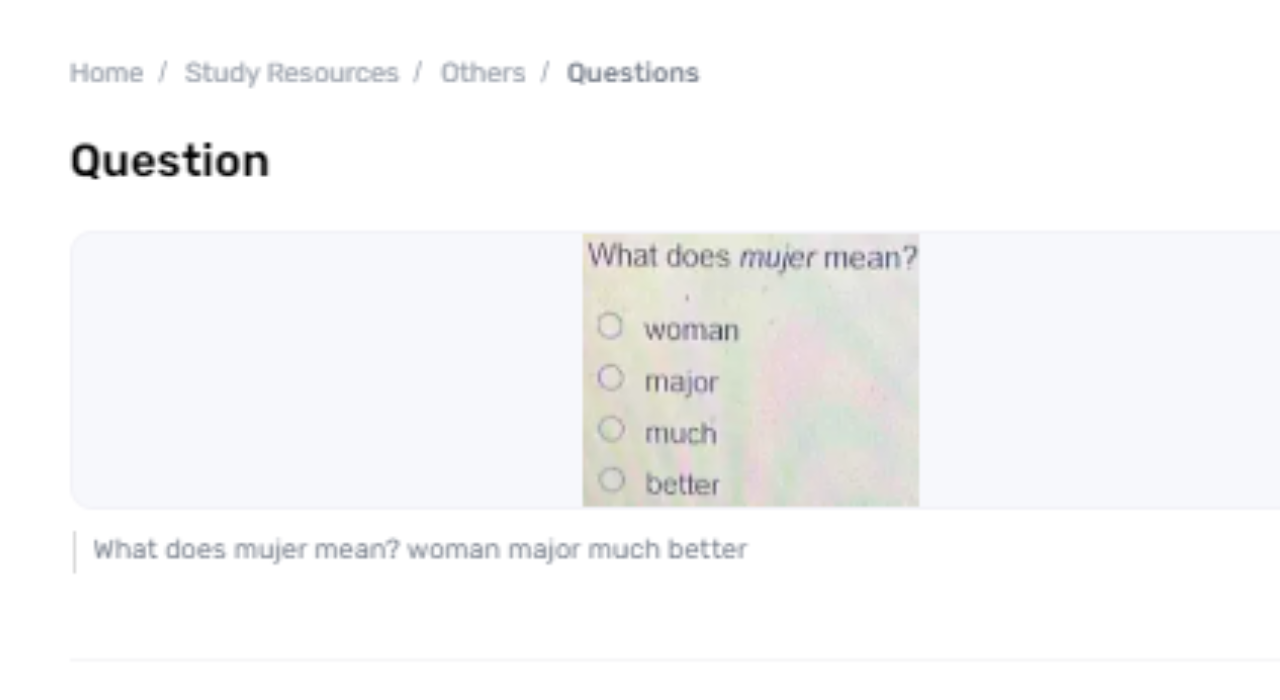In writing, characters regularly have "neighbors" or encompassing figures who play significant parts in forming their encounters and improvement. In Miguel de Cervantes' classic novel "Wear Quixote," Sancho Panza, the reliable squire of the hero Wear Quixote, is encompassed by a extend of characters who impact his travel and serve as his "neighbors." Understanding who these neighbors are and their effect on Sancho gives an understanding of the story structure and topical profundity of the novel. This paper investigates who are sancho's “neighbors?" the key figures who can be considered Sancho’s neighbors, looking at their parts and noteworthiness inside the setting of the story.
Sancho’s Quick Circle
Sancho Panza's quick neighbors within the strict sense are those who live in or around his town. At the beginning of the novel, Sancho may be a basic agriculturist living in a provincial range. His neighbors include other villagers and nearby townsfolk who associated with him in the standard of living. These figures are regularly depicted as humble and commonsense, reflecting the social and financial conditions of the time. They speak to the common individuals of the Spanish wide open and offer a stark differentiation to the optimistic and chivalric world of Wear Quixote. Through their intuition with Sancho, the novel highlights the contrasts between Sancho's grounded reality and the fantastical undertakings he sets out upon with Wear Quixote.
Don Quixote as a Neighbor
Wear Quixote himself can be considered a noteworthy "neighbor" to Sancho Panza, not within the geological sense but in terms of their near relationship and shared encounters. As Sancho’s ace, Wear Quixote significantly impacts his life, dragging him into a world of chivalric journeys and optimistic dreams. Despite their differentiating worldviews Don Quixote's grand standards versus Sancho’s down-to-earth outlook their intuitive and common bolster are central to the novel. Sancho's part as Wear Quixote's squire brings him into consistent contact with his master's impossible enterprises, making Wear Quixote a significant figure in his narrative.
The Duke and Duchess
Another critical set of neighbors to Sancho Panza are the Duke and Duchess, who show up afterward within the novel. Their castle gets to be a brief home for Wear Quixote and Sancho, and their intelligence with the team includes a layer of complexity to the story. The Duke and Duchess are depicted as well-off and effective figures who take joy in deriding Wear Quixote's daydreams and controlling Sancho for their beguilement. They coordinate expound tricks and misdirections, counting displaying Sancho with a false governorship of a fanciful island. Their part as neighbors is characterized by a combination of beguilement and misuse, highlighting the social and lesson elements at play within the story.
The Landlord and Others
Sancho Panza's intelligence with different landlords and other transitory characters throughout the novel contributes to his circle of neighbors. The landlords, frequently delineated as savvy and deft, as often as possible gotten to be included within the enterprises of Wear Quixote and Sancho. Their foundations serve as vital settings for a few scenes, and their reactions to the unpredictable behavior of Wear Quixote and the naivete of Sancho give an understanding of the broader societal responses to their journeys. These characters, whereas not changeless installations in Sancho’s life, play critical parts in forming the encounters and results of his undertakings.
Approach for Tending to a Gauth Address
1. Assess the Request:
Decide on the off chance that the question is almost set up, usefulness, organization, or investigating to direct your reaction.
2. Gather Key Data:
Audit pertinent Gauth assets and common client issues to supply a comprehensive reply.
3. Craft Your Reaction:
Structure your answer clearly, with organized steps that specifically address the inquiry.
4. Validate and Refine:
Guarantee the reaction is precise and refine it for clarity, making beyond any doubt it is direct and effectively justifiable.

Conclusion
In conclusion, Sancho Panza’s "neighbors" in "Wear Quixote" include an assorted cluster of characters who contribute to his travel and advancement. These incorporate his quick town companions, the persuasive figure of Wear Quixote, the conspiring Duke and Duchess, different landlords, and neighborhood laborers and townspeople. Each gathering of neighbors plays an unmistakable part in forming the story, affecting Sancho’s encounters, and reflecting the topical concerns of the novel. Understanding these neighbors makes a difference in appreciating the wealthy embroidered artwork of intelligence and the social commentary implanted in Cervantes’s work. Through his experiences with these figures, Sancho Panza's character is both challenged and improved, advertising perusers a multifaceted see of the human condition and societal flow.


